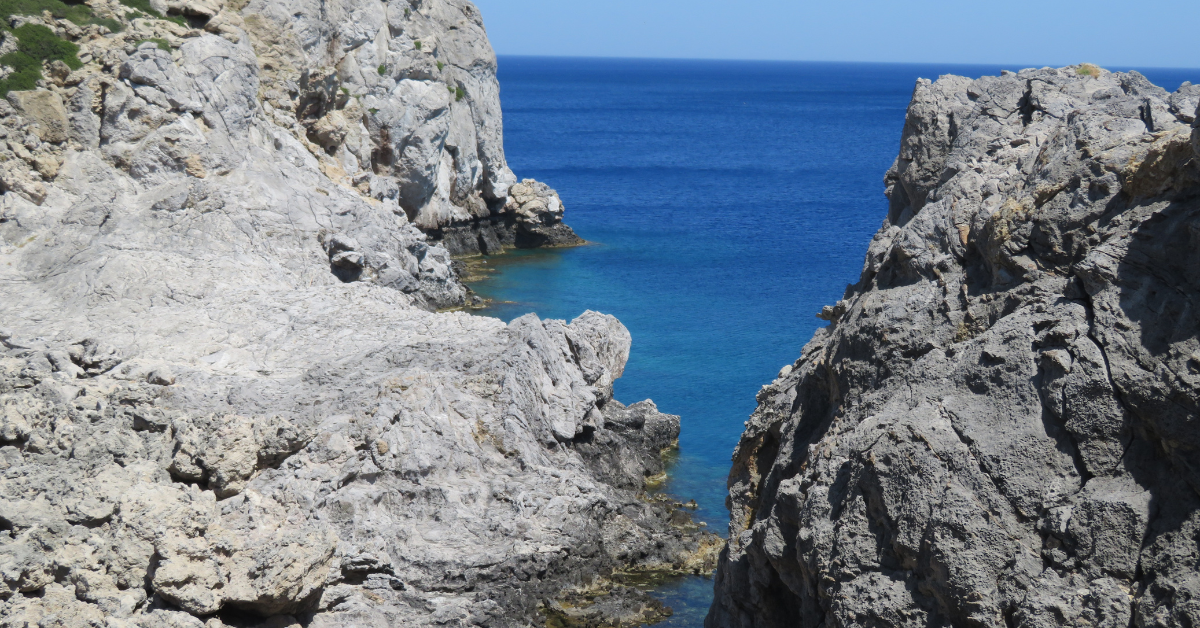Hotokegaura, located on the western coast of Aomori’s Shimokita Peninsula, is one of Japan’s hidden natural treasures. Towering white-green cliffs shaped by centuries of wind and waves create an otherworldly landscape. For Japanese visitors, this site is often described as mystical and spiritual. This article explains those impressions in a way that international travelers can easily understand.
Japanese Impressions of Hotokegaura
Japanese visitors generally express admiration for the site. Their impressions can be summarized as follows:
| Aspect | Common Comments | Notes |
|---|---|---|
| Scenery | “It feels like paradise,” “The rocks look like Buddha statues” | Many people see religious imagery |
| Atmosphere | “Mysterious and tranquil,” “I felt the power of nature” | Often visited for healing or reflection |
| Access | “Roads are narrow but worth the effort,” “Boats are convenient” | Inconvenience adds to the sense of uniqueness |
Positive reviews dominate, especially regarding the beauty of the scenery. The inconvenience of access is often noted, but many still emphasize it is “an experience only for those who make the journey.”
Recommended Ways to Access
Access to Hotokegaura can be divided into two main methods.
| Method | Features | Advantages | Disadvantages |
|---|---|---|---|
| On foot | Hike down the mountain path to the shore | Experience the rocks up close | Requires stamina, steep trail |
| Boat | Departing from Sai Village and other ports | View the entire site from the sea | Sailings may be canceled due to weather |
Hiking suits those seeking a “challenging adventure,” while boats are ideal for those prioritizing comfort and overview. For international travelers, combining a boat ride for the panoramic view and a short walk on foot is recommended.
How to Enjoy the Site
There are many ways to enjoy Hotokegaura. Photography is especially popular, with visitors comparing the rock formations to Buddhas, dragons, or lions.
Seasonal changes are also remarkable. In spring, fresh greenery contrasts vividly with the sea. In summer, the rocks shine white under strong sunlight. Autumn brings colorful foliage that blends with the rocks, and winter transforms the site into a mystical snowscape.
Nearby attractions such as Mount Osore and Cape Oma can be combined into a one- or two-day itinerary. Many visitors especially enjoy pairing the visit with fresh tuna dishes in Oma, making it a journey of both nature and cuisine.
Seasonal Highlights
The impression of Hotokegaura varies dramatically by season.
| Season | Characteristics | Japanese Impressions |
|---|---|---|
| Spring | Bright greenery against blue seas | “A landscape full of life” |
| Summer | Rocks shine brilliantly under the sun | “Nature’s strength is overwhelming” |
| Autumn | Rocks harmonize with colorful foliage | “Solemn and calm atmosphere” |
| Winter | Snow creates a mystical scenery | “Beauty and harshness combined” |
Points to Note When Visiting
When traveling to Hotokegaura, it is important to understand that it is a site heavily influenced by natural conditions.
- Roads are narrow and winding, requiring careful driving
- Boat tours are often canceled due to weather
- Shoes with good grip are essential, as the shoreline can be slippery
Though the area is managed as a tourist site, visitors are essentially engaging with raw nature. Preparedness and flexibility are key to enjoying the experience.
Cultural Background and Japanese Perspectives
The name “Hotokegaura” comes from the fact that the rocks resemble Buddhist figures. Since ancient times, the Japanese have found divinity in nature, revering landscapes as sacred.
For many, the visit is not simply tourism but rather a form of pilgrimage. Elderly visitors in particular often describe the place as “a vision of paradise,” reflecting the deep connection between religion, spirituality, and natural scenery.
Suggested Itinerary for Foreign Visitors
For those with limited time, an efficient two-day plan is recommended:
| Day | Itinerary | Highlights |
|---|---|---|
| Day 1 | Boat ride from Sai Village to Hotokegaura → Visit Mount Osore | Dramatic seascapes and a spiritual site |
| Day 2 | Fresh tuna at Cape Oma → Ferry to Hakodate | Local cuisine and cultural contrast |
Such an itinerary ensures a balanced experience of nature, culture, and food, making the most of your journey.
Conclusion
Hotokegaura is a place where the forces of nature have created miraculous scenery. For Japanese people, it is described with words like “solemn” and “mystical,” and it provides profound emotional impact. While access may be inconvenient, the reward far outweighs the effort.
For international travelers, Hotokegaura offers not only sightseeing but also a window into Japanese culture and its reverence for nature. Whether approached on foot or by boat, the site promises unforgettable memories.






